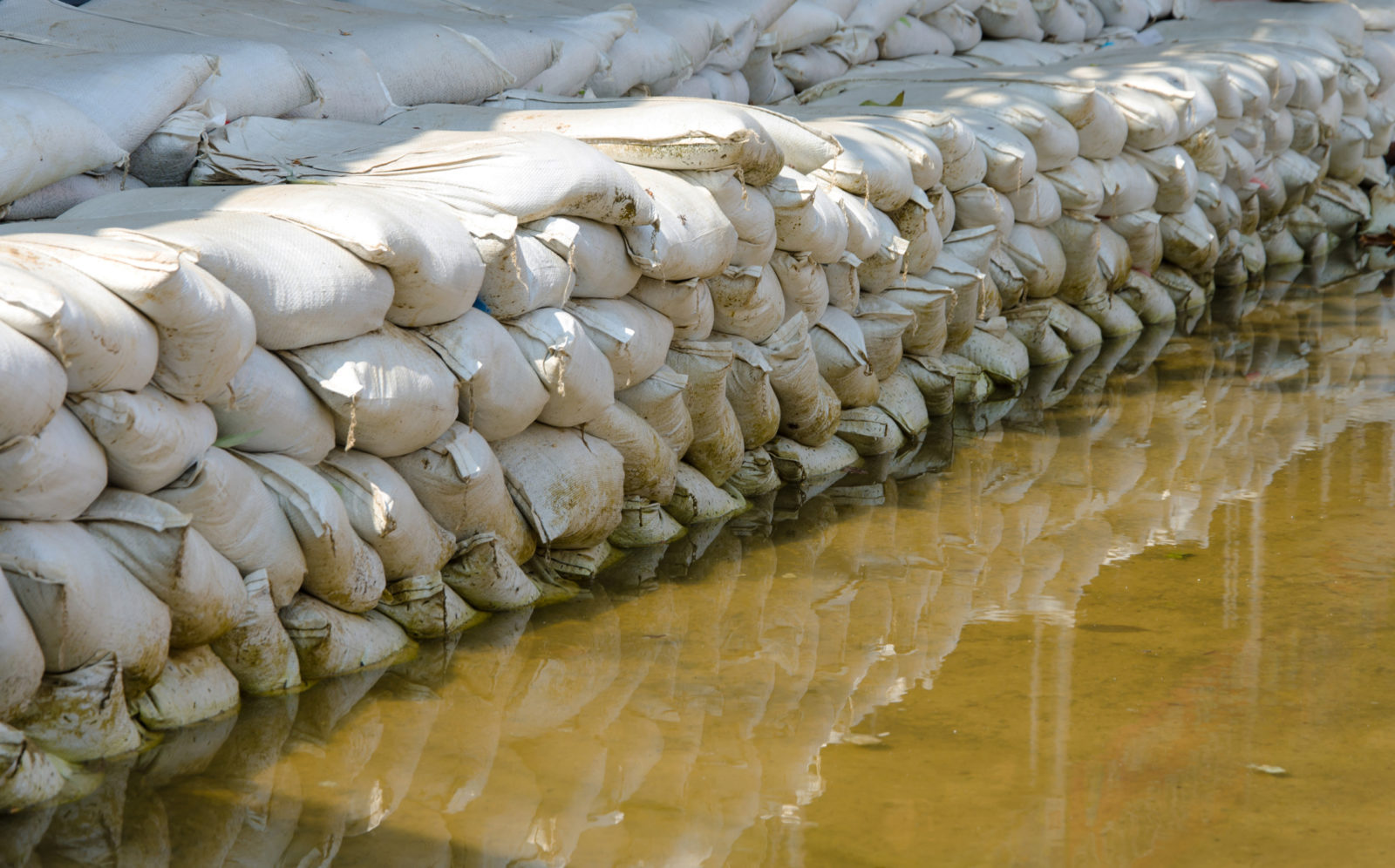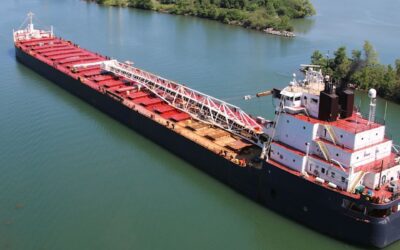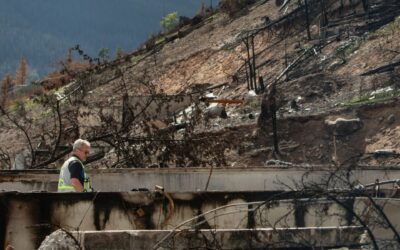“Make the recovery green and resilient,” is the emerging consensus from many quarters—including ours. But these ambitious proposals and plans for green stimulus are missing one crucial element: they don’t often include preparation for and adaptation to the massive risks of a changing climate. Have we failed to absorb one of the biggest lessons COVID-19 had to teach us: that failing to prepare for big risks is a recipe for disaster? Plans for economic recovery must include increasing the resilience of our economy and society to a changing climate. This will pay major dividends.
Avoided risk = economic benefits
While domestic and global efforts to reduce carbon pollution will reduce future damages, Canada is already locked into dramatic and long-lasting changes in weather and climate as a result of current and past emissions. Research has already identified Canada’s major climate risks to include:
- Death and illness from more frequent and intense heat waves, wildfire smoke, escalating urban smog, new diseases, and the mental health aftermath of weather-related disaster.
- Damage and loss of homes, property and communities from rising seas, more frequent floods and wildfires.
- Deterioration and destruction of infrastructure such as roads, bridges, urban drainage and electricity systems as a result of increased flooding, erosion, extreme heat and permafrost thaw.
- Accelerated destruction of our forests, wetlands, agricultural lands, coastal ecosystems and fisheries, and displacement and extinction of our native species as a result of drought, wildfires, warming oceans and invasive species.
- Increasing disruption of virtually all industries and economic sectors as an harsher climate and more extreme weather interrupt production and supply chains.
These risks are a serious and long-term threat to every economic sector, to Canada’s prosperity and to the wellbeing of all Canadians. Work soon to be published by the Institute will analyze, in greater detail, the damages and costs of a changing climate in Canada.
The good news is that Canada’s vulnerability to climate risks can be reduced through proactive adaptation. Evidence clearly indicates that adaptation can have a very high rate of return through avoided damages. In other words, preparation pays off.
Stimulus and a climate resilient recovery
So far, “resilient recovery” conversations have mostly focused on building the infrastructure for the low-carbon transition. These calls for investment in renewable power, electrification of transportation and manufacturing, building energy retrofits, electric vehicle infrastructure and low-emission transit are all undoubtedly important to securing Canada’s economic prospects in a decarbonized world, and critical to our contribution to global emissions reductions. But a focus on low-carbon transition alone will do little to inject climate resilience into our recovery and will leave opportunities to reduce our climate risk on the table.
A menu for potential resilience investments
Increasing resilience can—and should—be a key factor in identifying shovel-ready (and shovel-worthy) projects. That doesn’t require undermining our low-carbon objectives; with some creative thinking, public investments can both reduce climate risks and reduce emissions. Here are just a few examples:
Building energy retrofit programs should include a focus on older, inefficient rental and public housing where upgrades to insulation, ventilation and heating/cooling systems can protect vulnerable populations from the effects of more frequent and extreme heat waves while lowering their energy costs. Where needed, retrofit programs targeted at single family homes should also incent upgrades that reduce their vulnerability to growing risks of flooding and wildfire.
Making new electricity transmission infrastructure more resilient to extreme weather can enable electrification but also reduce vulnerabilities to climate change. Our current electrical infrastructure is notoriously susceptible to damage and outages from storms, high winds, and extreme heat—all of which are likely to become more frequent in the future.
Much of the engineered infrastructure that protects communities across Canada from extreme weather—such as sea walls, dams, dykes and storm drains—needs to be repaired and upgraded in preparation for climate change. Integrating nature-based resilience solutions such as tree planting and wetland restoration can reduce our reliance on this “grey” infrastructure with high embodied emissions, while providing many other social and ecological benefits.
Building new affordable housing stock can help reduce the vulnerability of underhoused and low-income populations to extreme heat (and to pandemics). These can also be designed to high energy efficiency standards, and used to demonstrate low carbon technologies to help drive their implementation at a much larger scale.
Conventional infrastructure projects—where much of the stimulus investment may be directed—such as roads, bridges, culverts, airports, sewers, and water mains must also be designed, built and located so that they can withstand our harsher future climate. At the same time, it can be made a priority to construct these with low-carbon concrete and materials with fewer embodied emissions, supporting decarbonizing innovation in the Canadian construction sector.
A resilient recovery is about more than just carbon pollution
A resilient recovery will require forward-looking investment in decarbonization and climate resilience. Whether to electrify our energy systems, protect against floods, or support other key functions of our economy and society, infrastructure designed according to the standards of the past will not withstand the hotter and wilder weather of the future. As much as governments will need to spend money quickly, to avoid billions in long-term maintenance and early replacement costs, new infrastructure—which will be in place for decades—must be designed, built and located so that it can withstand Canada’s future climate. At the same time, we need to ensure that this resilience doesn’t come at the expense of emissions.
The upcoming economic recovery will be a pivotal opportunity to target our most significant climate risks while addressing other vulnerabilities laid bare by COVID-19. Let’s open up our collective minds a bit, and be more thoughtful about the full range of climate risks that Canada faces. Then we can turn some of our brains to the development of a resilient recovery road map that is not only low carbon but is also climate resilient.





